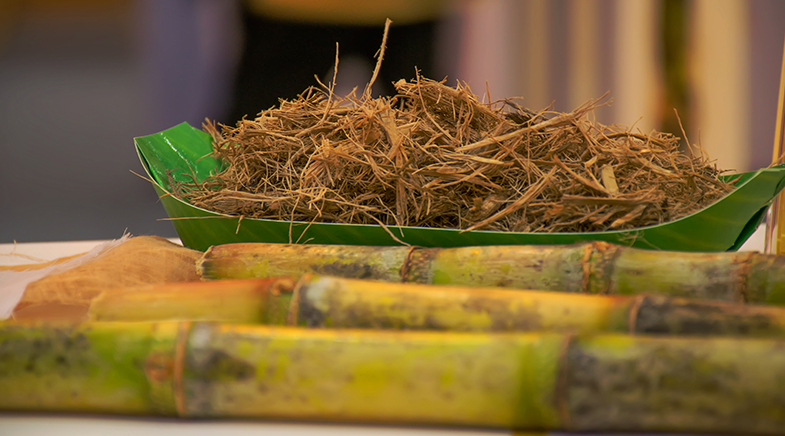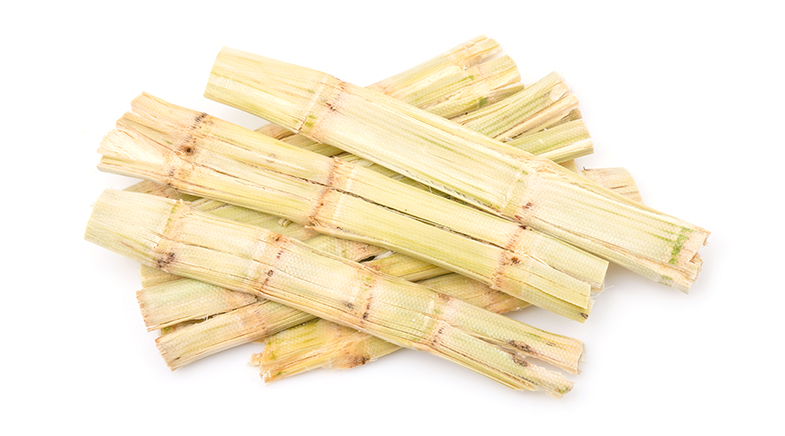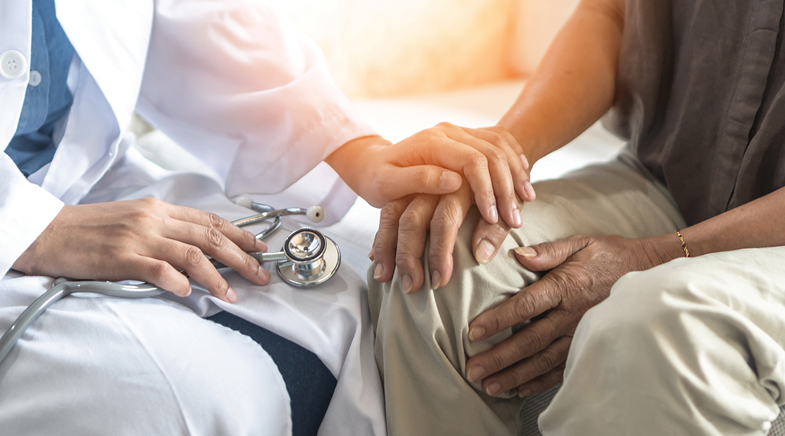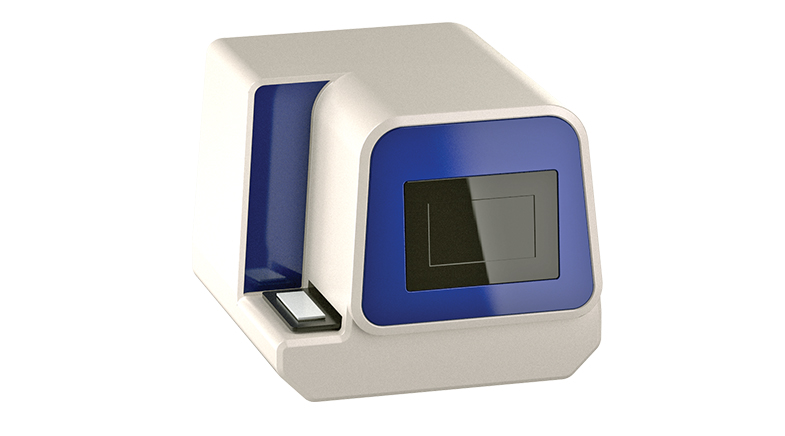From waste to watermarks
-
- from Shaastra :: vol 01 issue 05 :: Sep - Oct 2022

Sugarcane bagasse — waste material generated in sugar mills in huge quantities — may have potential applications across various industries. Researchers from the Indian Institute of Technology Roorkee (IIT-R) have not only extracted a derivative of cellulose nanocrystals (CNC) from it, but also explored their potential for making certain photonic devices.
While scientists have been producing CNC from agricultural waste, including sugarcane bagasse, a team led by Pradip K. Maji, Associate Professor, Department of Polymer and Process Engineering at IIT-R’s Saharanpur campus in western Uttar Pradesh, has gone a step further.
“While CNCs have a liquid crystalline nature, the property is not very prominent. So, we enhanced this property through a chemical modification which yielded us a derivative called hydroxyl propyl nanocellulose (HPNC), which has much better properties than CNCs,” Maji said.

To make it more application-oriented, the team subsequently prepared a composite gel by mixing HPNC with a water-soluble polymer, mPEG. The photonic material thus prepared was found to have birefringent properties and could potentially be used for smart coating, sensing as well as for anti-counterfeiting applications, the researchers said in a paper published recently in the Journal of Molecular Liquids.
Birefringence is an optical property of a material with a refractive index that depends on the polarisation and direction of light shone on it. When the angle of the light changes, the crystal produces a different colour — making the material useful for security applications and other purposes.
“For example, our biowaste-based composite material can be a good candidate for use in anti-counterfeiting applications,” Maji explained.
Manufacturers have to ensure that their products are not tampered with. They often do that by putting a hologram on a package. Similarly, security paper used for important documents has to be watermarked to ensure that there is no forgery.
These are some of the potential applications that Maji foresees for the material that his team has developed.
Maji plans to set up a start-up to produce such cellulose nanocrystals. He believes that these can be a good substitute for costly carbon nanotubes.
As a next step, Maji plans to set up a start-up for producing such cellulose nanocrystals. He believes that these can be a good substitute for costly carbon nanotubes. Even though their material strength is lower than that of carbon nanoparticles, cellulose nanomaterials have a very good cost-to-performance index, the IIT scientist said.
While carbon nanotubes cost $8-15 per gram, cellulose nanocrystals come for $1-2 per gram. Besides, the CNC is environment-friendly as it is produced from agro waste materials, unlike carbon nanotubes, which are produced from fossil fuels.
The market for cellulose nanocrystals is picking up globally; it has grown more than 10 times in the last six years and was worth $808 million in 2021.
Have a
story idea?
Tell us.
Do you have a recent research paper or an idea for a science/technology-themed article that you'd like to tell us about?
GET IN TOUCH














